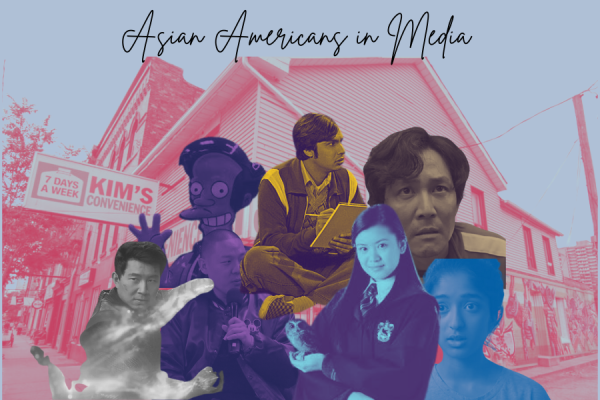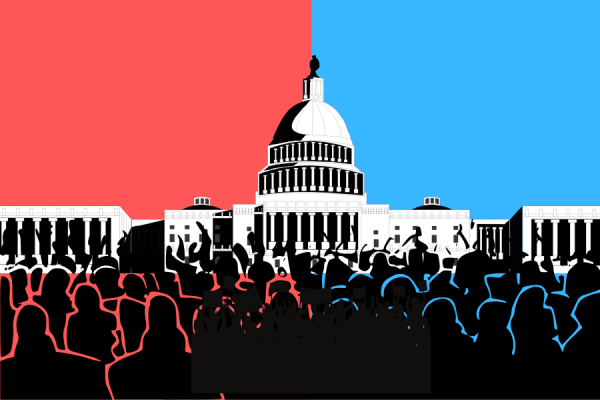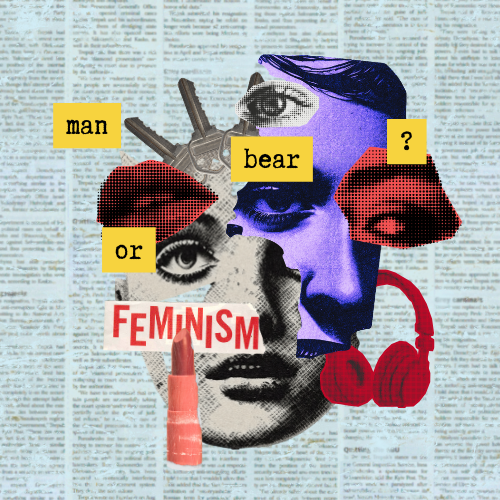When Facing Isolation, Social Media Helps Us Find Solace
Opinion
In a time of such uncertainty, people around the world turn to social media not only as a source of information but as means of communication.
Thousands of tweets, videos, and posts alike adorned with hashtags such as #FlattenTheCurve and #TogetherAtHome are just a small slice of an evergrowing conversation among social media users. It is evident that the coronavirus outbreak has gone viral: a pandemic swiftly unfolding in the face of a digital age, and with it, a new narrative that is reimagining what it means to be human.
Serving as a forum for unfiltered public thought, the influence that social media has on society is profound. In the wake of a global health crisis, it provides critical insight into growing collective sentiments present on all ends of the spectrum, in addition to fueling and shaping contributions to a layered discussion.
Data collected in a 2019 survey conducted by the Pew Research Center revealed that seven out of 10 Americans use social media as a means of connection by reading daily news content and sharing information. As countries continue to urge citizens to heed stay-at-home orders, surveys carried out by Statista as of March 2020 revealed a 44% worldwide increase in social media consumption. The elaborate algorithms that influence what we see and don’t see on social media largely prioritize content with greater levels of engagement: posts that draw huge numbers of views, likes, and shares. This makes users highly susceptible to content that is specifically designed to evoke shock and emotion, not all of which comes as a response to factual information.
As we continue to learn to navigate such times of uncertainty, the many efforts proposed to slow the spread of COVID-19 seem to contradict a distinct human inclination to come together in hardship. At the heart of the polarized platforms that hold many untold hours of screen time, basking in the blue light of our devices can offer some glimpse of normalcy. The feeling that you are not alone but rather lifted by accounts of what is happening around you is extended by the generosity of digital helping hands. Whether that is finding ways to encourage positivity by participating in small challenges, watching online livestreams, or utilizing social media to check in on friends and loved ones, we stay involved in our communities. It’s all of these little microinteractions taking place across the web that transcend beyond space and time, giving a face to and ultimately humanizing technology.
Carefully and meticulously curated feeds are no more. As people come to embrace this newfound time at home, they assess their roles in a changing world and make adjustments to adopt a new way of life. From sharing day-to-day activities to documenting the transitions being made in our routines, we are attending to the present one day at a time.
Infectious diseases like COVID-19 leave no one behind, which is a grim reality that brings the sheer beauty of human interdependence into focus in a way that only confronting the nature of hardship will reveal: an experience that is universal, and at its core, shared. We must ask ourselves, to what extent do we as individuals have a moral obligation to recognize and protect the wellbeing of members of our communities? Rebuilding in the aftermath of adversity is always a process that will take time and is neither easy nor black and white.
Acknowledging the many emotions and aspirations true to the human condition speaks to the complex and diverse essence of the social landscapes in which we have interactions. At the same time, reckoning with the pervasive challenges of appropriate response cracks the foundation of an ethos so strongly upheld in our social fabric: complacency over compromise, which arises from a long-championed principle of individualism. Such values form the very backbone of the American identity, but what is so often overlooked is that we are all embedded into a broader system, one that is honored by a web of engagements in a globalized world. Our lives are contingent in more ways than one, and by considering the ideas not always visible from a single point of view, we can ensure that everyone has a seat at the table.
We yearn to be understood fully and seen in the light of our imperfections, seeking validation and acceptance in a world that hardly and/or falsely reciprocates it. Vulnerability and candidness is strength, and in these incredibly difficult and unforeseen circumstances, love heeds no walls. We exist to stand in solidarity with one another.
The myriad of stories, perspectives, and truths that find their place on social media only reinforce what we know of each other and our natural instincts to come together. Technology and its only evolving capabilities make connectivity possible in a way that drastically reimagines the very notion of community. In such difficult times, the human spirit prevails, uniting us in ways we don’t even realize.

Class of 2023
Ardent advocate of em dashes, pastel cardigans, and above all, the written word. Amoli and I are honored to lead a publication by students,...









Srilekha Cherukuvada • Apr 21, 2020 at 9:12 am
Agreed, Catharine! Well written article! Much love <3